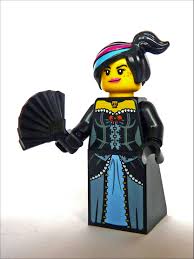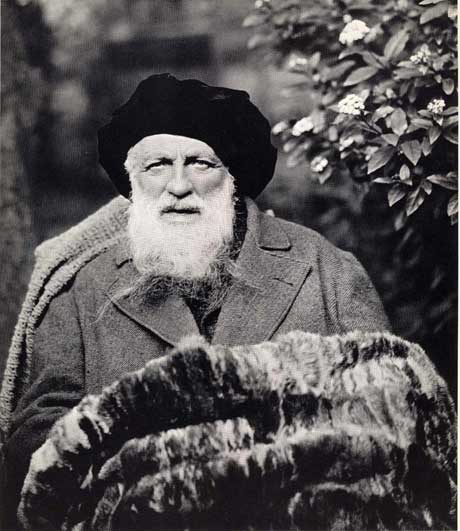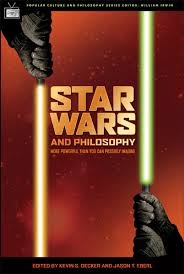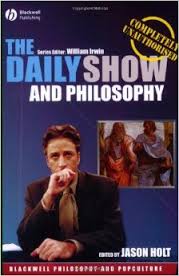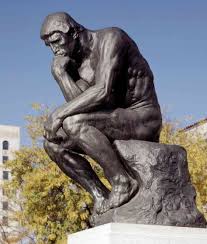How to Keep from Growing Old
That silver fox on the right is my Uncle John, who isn’t my uncle. He’s the uncle of the other guy in the photo, Nate, one of my favorite die-hard travel buddies. Twenty-some years ago Nate and I started climbing together up in Mokuleia, on the north shore of Oahu, and I would be remiss not to mention his ass looks fabulous in a climbing harness.
Nate has roots in Durango, where John lives, and I started going on river trips out west with that crew in 2003 or 2004. The upshot is I’ve spent more time with Nate’s uncle John than almost anyone in my extended family. Avuncular is exactly the right word to describe my relationship with him. To me family is whatever you say it is, so I don’t know how Nate feels about me horning in, but in my head his Uncle John is my Uncle John.
Here’s why I’m telling you about my Uncle John: I took this picture of him on his 72nd birthday.
This is exactly how I want to spend my 72nd birthday: smiling ear to ear and whizzing by so fast I’m a blur. I took this picture somewhere along the Great Allegheny Passage, a 150-mile bike trail we kinda sorta bikepacked last summer. We had a sag wagon, which is cheating, but it was a good first run. I finally met Andy, Nate’s brother (and now my default cousin, I guess, if John is my uncle), I learned a hell of a lot about playing the ukulele (very much a beginner here), and met a few serious bikepackers along the way. They kinda gave me the bug.
If I had to do that ride again, I wouldn’t change a thing, because without the sag wagon we couldn’t have brought John’s dog Ripley. But if I had to do it again sans dog, I’d do the whole ride unsupported. And that’s what I’m going to try to do in New Zealand.
This is my profile picture on dating apps. Cheesy as hell, I know, but Ripley gets more swipe-rights than I ever will.
The route I’m going to attempt is the Tour Aotearoa, which stretches from the northern tip of the North Island to the southern tip of the South Island. 3,000 kilometers—that’s 1,800 miles for you metric-illiterates—winding through every kind of terrain New Zealand has to offer. Which is a lot. Plus, you know, orcs and elves and dragons, which are not to be trifled with. Am I going to stop off to see all the Lord of the Rings stuff? You bet your ass I’m going to stop off to see all the Lord of the Rings stuff.
I guess this is the part where I mention I could do all of this at much less risk—and cheaper too—if I just buy a car down there, big enough to lay out a bedroll and sleep in the back. I could cover more ground, see more stuff, then sell the car right before I leave. That was Plan A. Then I thought of biking NZ instead, and that’s just a cooler story.
To which my brother Dave replied, “You know you can tell people whatever story you want.”
He’s not wrong. And I’ll be honest, this trip scares the shit out of me.
Exactly how I feel about solo bikepacking on single track.
I’ve always been leery of mountain biking because of how quickly you can get so far away that no one can help you when you totally wreck yourself. Hiking, sure, I’ve rolled my ankle before. Mountain biking injuries break you like Peter Griffin falling down the stairs. And I have to do this solo, because for some reason no one else wants to take four months off work to attempt a difficult and dangerous thing.
All I can say is I think the path to being a smiling blur on my 72nd birthday is to bike this thing, not drive it. It’s what John would do, so I’m going to give it a go.



















